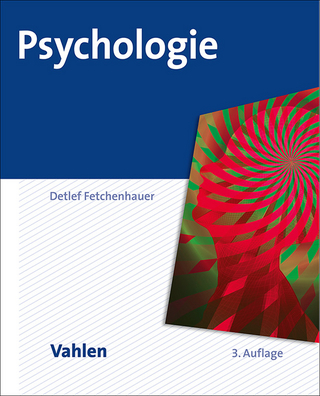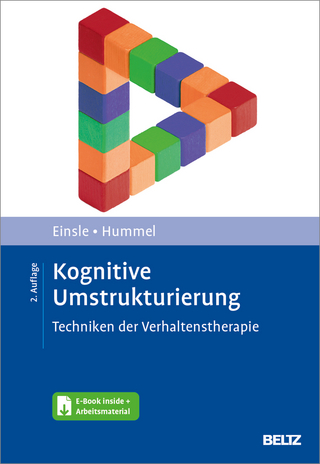
The Grammar Network
Cambridge University Press (Verlag)
978-1-108-71276-7 (ISBN)
Cognitive linguists and psychologists have often argued that language is best understood as an association network; however while the network view of language has had a significant impact on the study of morphology and lexical semantics, it is only recently that researchers have taken an explicit network approach to the study of syntax. This innovative study presents a dynamic network model of grammar in which all aspects of linguistic structure, including core concepts of syntax (e.g. phrase structure, word classes, grammatical relations), are analyzed in terms of associative connections between different types of linguistic elements. These associations are shaped by domain-general learning processes that are operative in language use and sensitive to frequency of occurrence. Drawing on research from usage-based linguistics and cognitive psychology, the book provides an overview of frequency effects in grammar and analyzes these effects within the framework of a dynamic network model.
Holger Diessel is Professor of English Linguistics at the Friedrich-Schiller-Universität, Jena, Germany. His publications include two monographs, Demonstrastives: Form, Function and Grammaticalization (1999) and The Acquisition of Complex Sentences (Cambridge, 2004), and more than fifty articles in journals and edited volumes.
1. Introduction; Part I. Foundations: 2. Grammar as a network; 3. Cognitive processes and language use; Part II. Signs as Networks: 4. The taxonomic network; 5. Sequential relations; 6. Symbolic relations; Part III. Filler-Slot Relations: 7. Argument structure and linguistic productivity; 8. A dynamic network model of parts of speech; 9. Phrase structure; Part IV. Constructional Relations: 10. Construction families; 11. Encoding asymmetries of grammatical categories; 12. Conclusion.
| Erscheinungsdatum | 01.06.2022 |
|---|---|
| Zusatzinfo | Worked examples or Exercises; 19 Tables, black and white; 87 Line drawings, black and white |
| Verlagsort | Cambridge |
| Sprache | englisch |
| Maße | 151 x 228 mm |
| Gewicht | 460 g |
| Themenwelt | Geisteswissenschaften ► Psychologie ► Allgemeine Psychologie |
| Geisteswissenschaften ► Psychologie ► Verhaltenstherapie | |
| Geisteswissenschaften ► Sprach- / Literaturwissenschaft ► Sprachwissenschaft | |
| ISBN-10 | 1-108-71276-2 / 1108712762 |
| ISBN-13 | 978-1-108-71276-7 / 9781108712767 |
| Zustand | Neuware |
| Informationen gemäß Produktsicherheitsverordnung (GPSR) | |
| Haben Sie eine Frage zum Produkt? |
aus dem Bereich


